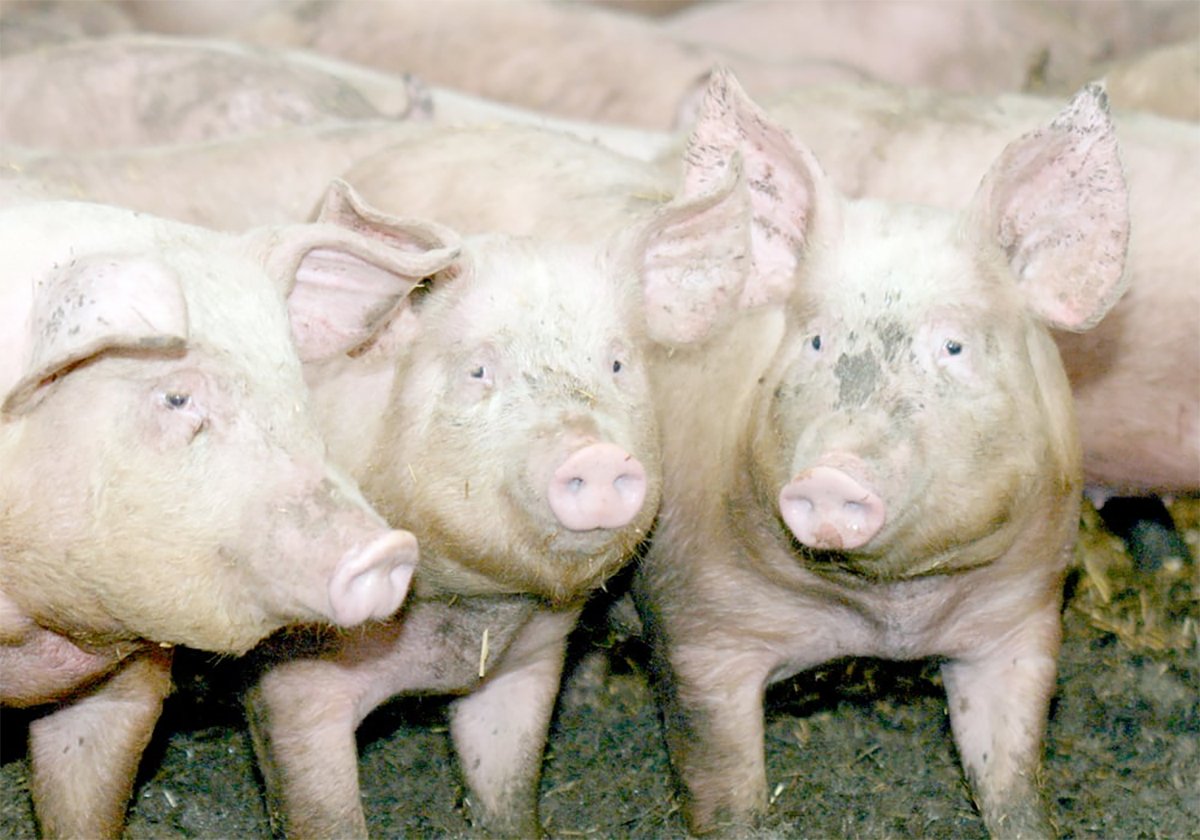The dairy show marked a colourful return to Canadian Western Agribition in 2005 after a year’s absence.
Along with the traditional black and white Holsteins, the show featured Jersey and Brown Swiss classes for the first time.
Wendy Kelly, executive director of the Dairy Farmers of Saskatchewan, said organizers were thrilled to have the other breeds participate in the show.
More than 90 percent of the dairy cows in Canada are Holsteins, she said, but dairy producers are also having good results with other breeds. Many have added new breeds to complement their Holsteins.
Read Also

The Western Producer Livestock Report – November 13, 2025
Western Producer Livestock Report for November 13, 2025. See U.S. & Canadian hog prices, Canadian bison & lamb market data and sales insights.
Kelly said the show also wanted to reflect changes in the industry.
“We’ve got more Europeans relocating (to Canada) and that is pushing the numbers of other breeds up,” she explained.
Rejean Mathys of Swiss Dream Farm Ltd. in Wawanesa, Man., said his family was happy to bring their Brown Swiss cattle to the show. They were the only exhibitors of that breed.
However, he said they would prefer that their cattle and Jerseys not have to compete against each other in the coloured class. They would probably not exhibit again unless the breeds are separated.
“It’s very difficult for our Brown Swiss to show against a Jersey,” he said. “Jerseys are very dairy. They have very good udders and that’s what the judges are looking for in a dairy breed.
“We’re a meatier cow.”
Mathys said Brown Swiss cows are known for longevity, better feet and legs than other breeds and higher components in their milk.
That said, he doesn’t know of a single Brown Swiss herd in Saskatchewan. In Manitoba, where his father started his herd about 25 years ago, there are 14 or 15.
Swiss Dream Farm attends shows at Morris, Man., and Toronto’s Royal Winter Fair, where there is more competition within the breed.
At Agribition, the farm was named premier breeder and took home reserve junior champion heifer.
Kelly said the industry was happy to be back at the show. Last year the spectre of BSE was hanging over dairy producers.
There were some challenges this year as well.
“Because of our calendar, if you’re serious about exposing your breeding capability you pretty much have to go to the Royal,” she said.
“Some producers got held up in Thunder Bay because of bad weather and had to go straight home” rather than participate in Agribition as planned.
Exhibitors in Regina were from Manitoba, Saskatchewan and Alberta. Entries were up slightly from two years ago, at 128 head.
In the Holstein classes, R & F Livestock and Chilliwack Cattle Co. of Warman, Sask., showed both the grand and reserve grand champions and were named premier exhibitors. The premier breeder was Lampada Holsteins of Arcola, Sask.
Marksview Farms Ltd. of Warman won grand champion in the coloured breed class with Jersey Debrae Mac’s Hope 3L.
There was no dairy sale this year.
“We would have gladly had a sale but we seem to be needing all of our cows right now,” Kelly said.















